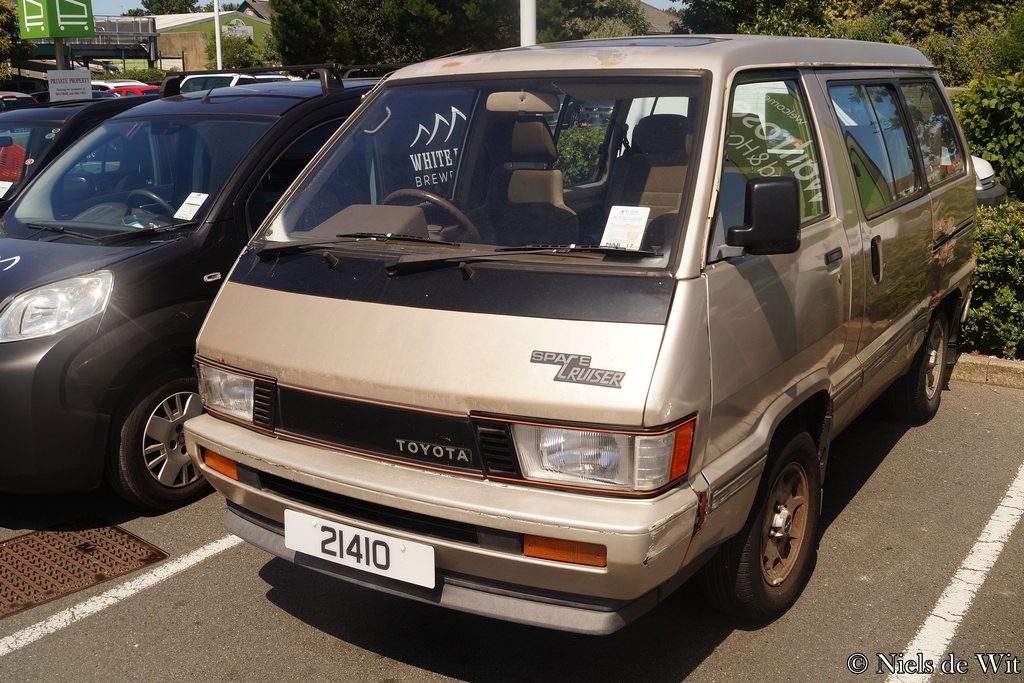- 4,066

- United States
Built on a Hilux chassis?
That's what I call doing it properly. Fully pressurised, fuel cell power units, 6,200-mile range...
No idea how they're getting it up there though. Saturn V could only put 48 tons into a lunar orbit injection, and the CSM and LM (mainly their fuel) were 44 tons of that. Doesn't leave much wiggle room, and that's on the most powerful rocket ever constructed.
Construction on ISS, perhaps?
I like how it has an FJ grill and headlights

If Toyota's PD deal lasts as long as Porsche's EA one did, I'd say it's a strong possibility.
Nah there's no exclusive deal,Wangan Midnight 6 is full of Toyotas.
edit: Holy ****, I totally forgot Toyota made a van called the Space Cruiser in the 1980s.
Okay, exclusive to Japanese devs? Or at least devs not named Turn 10 or Playground Games?
SpaceX, Blue Origin, Virgin Galactic, etc, etc. Already been going on.So, the space war has begun.
Falcon Heavy payload is 64 tons. Edit: To LEO only though. Mars payload is 17 tons so it drops significantly the further you go.No idea how they're getting it up there though. Saturn V could only put 48 tons into a lunar orbit injection, and the CSM and LM (mainly their fuel) were 44 tons of that. Doesn't leave much wiggle room, and that's on the most powerful rocket ever constructed.
Yup - Saturn V was 138 tons to LEO.Falcon Heavy payload is 64 tons. Edit: To LEO only though.